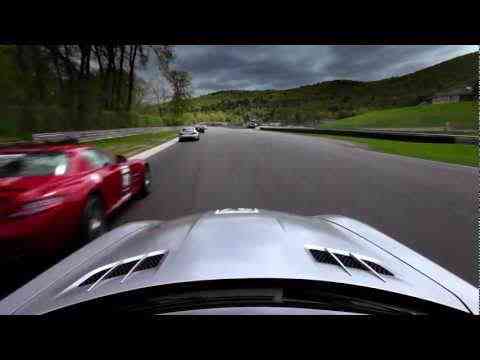The Five Drivers of Performance: Energizing your Credit Union

By Rob Comfort, LPL Financial Institution Services
There are numerous pressing issues facing credit unions today: attracting net new members, dealing with low interest rates, worrying about soft loan demand, offering the right products, and helping people understand the unique value that credit unions bring to their members. And they all affect performance.
Sometimes, however, in dealing with challenges – and in trying to implement the right solutions – management teams focus on the indicators of their performance – whether it’s loan, fee income or net new member growth – without looking at what is fundamentally driving their credit union’s performance.
That’s like looking at the dashboard of the car without going under the hood to understand what’s really making the car perform well – and what can be done to turbo-charge its performance.
As Tim Kight, the founder of organizational consulting firm Focus3, puts it, “Every organization is perfectly designed to get the results it is getting.” In other words, a company’s performance – and the experience it delivers to its customers – follows directly from the makeup of the organization itself through a sort of internal physics. The underlying components of an organization that manifest themselves through visible results, as Kight describes them in his “Performance Driver Model™ (PDM)” are: strategy, process, structure, culture and people.
Every company and organization possesses these basic drivers, whether they pay attention to them or not. But – as I have seen through my own experience in working with the five drivers of performance – paying attention to them in a constant, intentional way can spell the difference between great and mediocre performance.
The five drivers are interconnected and interdependent. If we pay attention only to the ones we know or like, we run the risk of not tackling the important issues. But by looking at them holistically, we can see how a business performs as a system, and not just as a collection of individual parts.
Let us consider each of these drivers individually:
- Strategy: This is where and how a company chooses to compete in the marketplace. It encompasses, among others, the company’s basic vision, the markets it targets, and the products and services it sells, as well as the customer service it provides. When a company’s vision and direction are crystal clear, when its products are highly competitive and deliver value, when service exceeds customer expectations, that greatly increases the likelihood that revenues and profits will grow.
- Process: This is how a business is operationalized. The best strategy in the world won’t work very well if a company’s core processes aren’t effective, but if its processes – how it communicates, how work flows, the technology it uses – are working properly, this allows a business to maximize its strategy. High performing organizations work tirelessly to drive out unproductive, non-value-adding activity, and continually ask themselves: how can we make our processes work better on behalf of our people and our customers?
- Structure: Structure relates to the way a business fits its people and its processes together in order to get the work done. It includes the roles people play, the relationships among people and departments, how responsibilities are assigned, and the way people are rewarded for their achievements. It includes leadership and formal structures, such as organization charts, and informal structures, such as the network of relationships that develop based on trust and teamwork. High levels of trust and teamwork are a distinguishing characteristic of high performance companies.
- Culture: In essence, culture is the invisible architecture of the business. It is the thoughts and beliefs that drive behavior and the experience people have working in the company. This goes beyond a credo or written statement of core values, and includes the beliefs that actually determine how employees behave. Credit unions that are top performers invariably have cultures in which their people are engaged, aligned and energized.
- People: People are the heart and soul of any business. The organizations that recruit, develop and retain the right people – people that fit with their respective cultures – are organizations that succeed. When two competing companies have products and service features that are similar, the way that each company’s people do their jobs ultimately proves to be the differentiating factor. You win with people.
In sum, by understanding how these drivers work and interact, management teams will be able to bring their companies to peak performance over the long term. It isn’t a quick fix or a one-time endeavor. Fortunately, there are experts in the five drivers of performance who can help you understand the drivers mentioned above, think through their implications and implement a gameplan to enable your credit union to benefit from the insights this framework provides. This in-depth process can help credit union management teams truly “get under the hood” to assess their businesses’ performance and find sustainable ways to significantly enhance their overall results and ultimately create a sustained great member experience.





